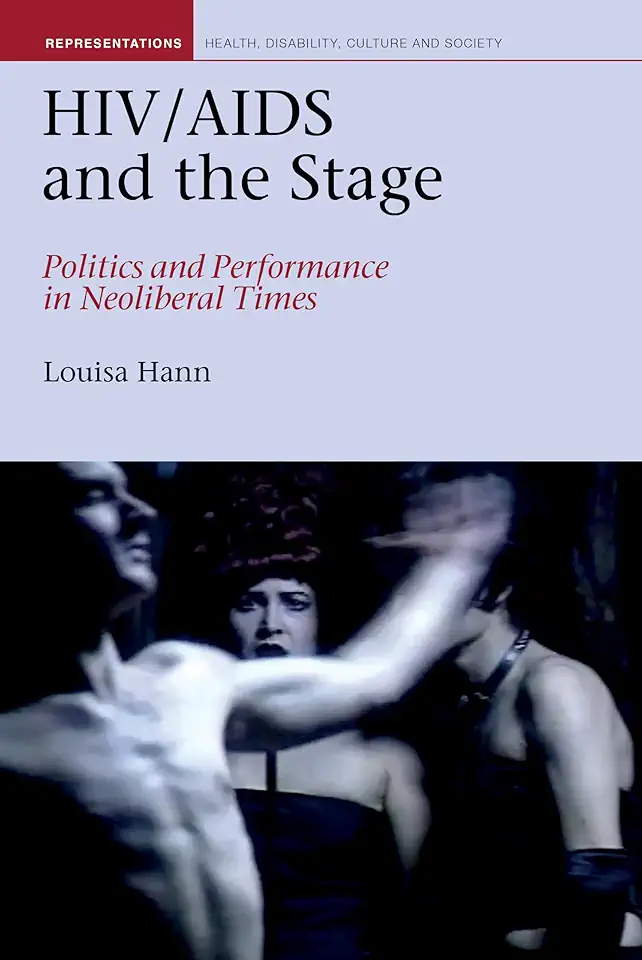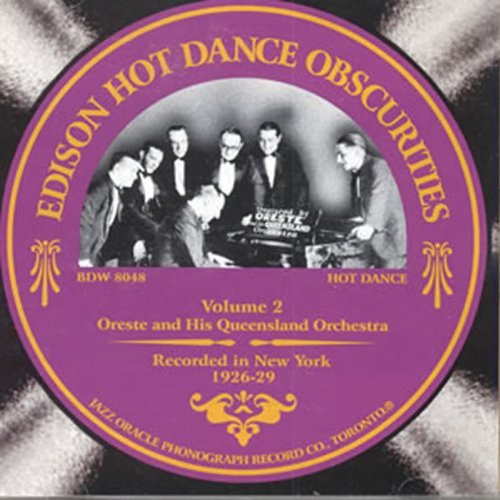
Hann, Louisa
Theater and performance have played vital political and pedagogical roles in the history of HIV/AIDS advocacy and activism in the Global North. From the shoestring dissident work of the 1980s and 1990s to contemporary educational plays challenging extant stigma surrounding HIV, the stage has long provided a space for identificatory community and activism. However, the nature and purpose of HIV/AIDS theatre has changed significantly over the past four decades or so. While the introduction of anti-retroviral therapies in the 1990s altered the trajectory of the pandemic and positively impacted many lives, the simultaneous consolidation of neoliberal hegemony generated a range of new and heightened challenges for theater makers, activists, and advocates hoping to improve the lives of people with HIV. Drawing on cultural materialist and Western Marxist traditions - most notably Gramscian political theory - this book examines the extent to which the stage has been able to offer a space for counterhegemony in the context of the pandemic. In establishing a genealogy of HIV/AIDS theater that incorporates both close dramaturgical analysis and wider materialist considerations, it elucidates how neoliberalism has established an ever-stronger grip on the genre and its messaging. In so doing, it poses wider questions about theater's role as a political strategy in the contemporary context of neoliberal hegemonic crisis.







